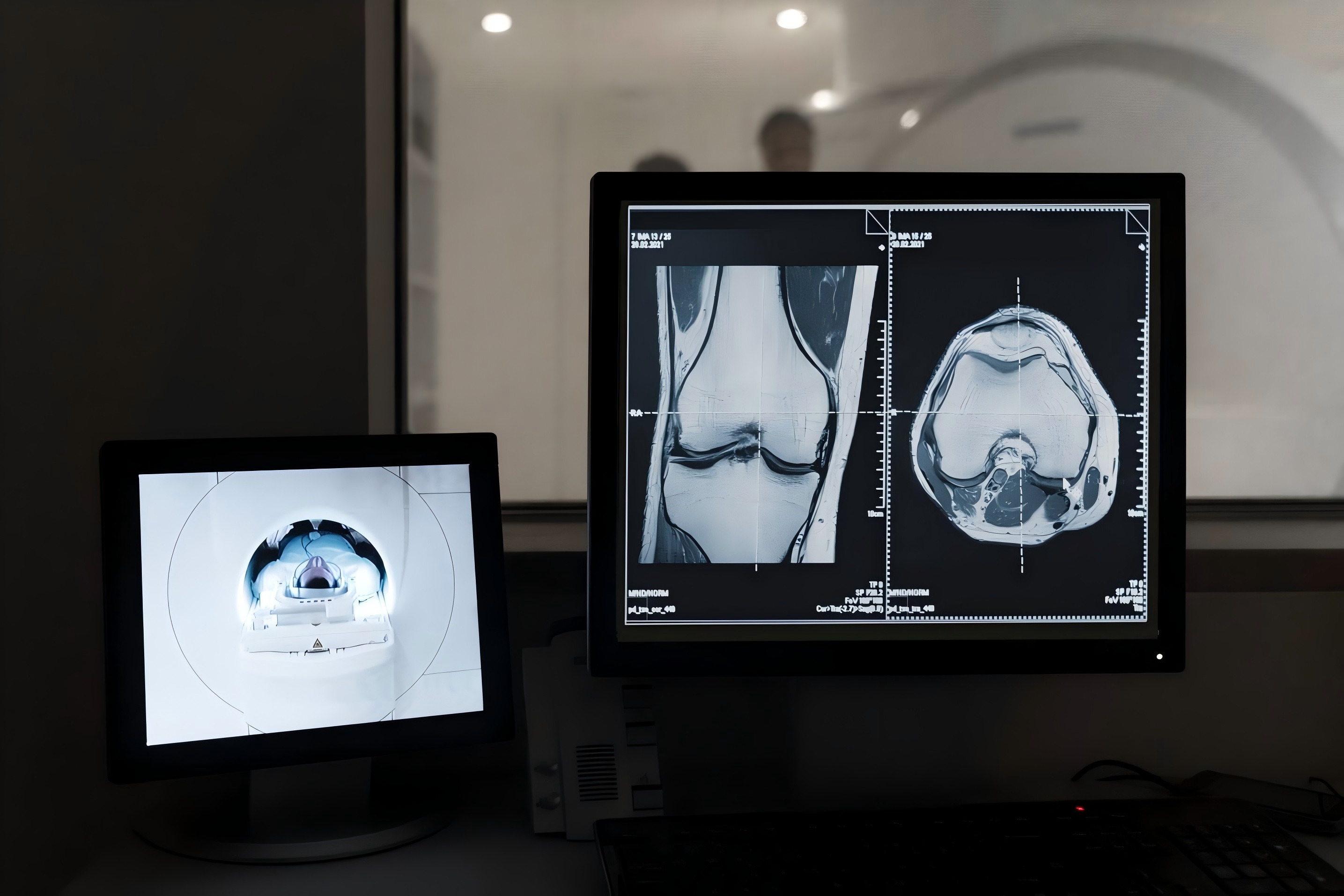
Introduction
Lung diseases represent a critical global health concern. Lung cancer continues to be the leading cause of cancer-related death, while the burden of chronic obstructive pulmonary disease (COPD) and long-term pulmonary complications from COVID-19 further strain healthcare systems worldwide. Yet early and accurate diagnosis remains elusive, largely due to the anatomical complexity of the lungs and the heterogeneous nature of pulmonary diseases. Conventional methods for analyzing CT scans and other imaging modalities are time-consuming and often limited by subjectivity.1,2
Artificial intelligence (AI) is transforming this diagnostic landscape. Among the most promising tools are genetic algorithms (GAs), which are AI optimization strategies inspired by the principles of biological evolution. When combined with deep learning frameworks, GAs offer a powerful means to improve image segmentation, classification, and predictive modeling. These solutions have already demonstrated remarkable accuracy while maintaining low computational cost, making them suitable even in resource-limited clinical environments. This article explores how GA-enhanced AI systems are enabling earlier, more precise detection and management of lung disease, ultimately paving the way for more personalized and effective respiratory care.3
What Are Genetic Algorithms?
Genetic algorithms function by mimicking natural selection. They begin with a population of candidate solutions, represented as digital chromosomes, and evolve these solutions across successive generations using operators like selection, crossover, and mutation. At each stage, a fitness function evaluates which solutions are most effective, guiding the algorithm toward increasingly optimal outcomes.
In medical contexts, GAs are especially valuable for solving complex, non-linear problems involving high-dimensional data. These include selecting the most relevant features from vast imaging datasets, fine-tuning deep learning model parameters, and optimizing decision-making processes under uncertainty. Because GAs are inherently flexible and adaptive, they are particularly well-suited for the nuanced tasks of medical imaging, where precision and generalizability are essential. Recent studies have shown that GAs can significantly enhance both the accuracy and efficiency of image segmentation and classification, outperforming conventional algorithms in multiple clinical use cases.4,5,6
Applications in Lung Health: Where GAs Fit
In the field of pulmonary medicine, genetic algorithms have found broad utility across diagnostics, image analysis, and treatment planning. One major area of application is lung image segmentation. Here, GAs guide the delineation of tumors, airways, and nodules from CT and MRI scans, enabling clinicians to detect disease with greater accuracy and at earlier stages. AI models optimized by GAs have achieved dice similarity coefficients exceeding 99%, illustrating their precision in identifying abnormal structures.
Beyond segmentation, GAs are transforming how imaging and genomic data are used for classification. By efficiently selecting the most informative features from radiomic datasets, GA-integrated AI models can distinguish between benign and malignant lung nodules with very high accuracy. This optimization improves diagnostic reliability while reducing model complexity. In radiation oncology, GAs also support personalized treatment planning by fine-tuning radiation dose distributions, ensuring that therapy is both effective and safe. Meanwhile, in predictive modeling, GAs help optimize the architecture and parameters of neural networks such as convolutional neural networks (CNNs) and their variants. These hybrid models have demonstrated accuracy rates of 94 to 97 percent in classifying conditions like pneumonia and lung cancer, underscoring their clinical value.
Collectively, these applications show how GAs are not just fine-tuning AI models, but enabling a new level of intelligence and adaptability in lung disease management. Their integration improves clinical workflows, enhances diagnostic consistency, and lays the groundwork for scalable, AI-driven healthcare systems.8,9
Conclusion
Genetic algorithms are proving to be powerful catalysts in the evolution of AI-based pulmonary care. By enhancing segmentation, classification, and predictive modeling, they are addressing long-standing diagnostic challenges in lung disease with greater precision and flexibility. As these tools become increasingly integrated into clinical practice, they will not only support radiologists and pulmonologists but also expand access to high-quality care in underserved regions.
In an era where respiratory health is under global scrutiny, from the rise of lung cancer to the legacy of COVID-19, the intersection of genetic algorithms and artificial intelligence offers a timely and transformative solution. Through continued research, thoughtful implementation, and ethical oversight, GA-powered AI has the potential to fundamentally improve how we detect, understand, and treat diseases of the lung.
Reference:
Said Y, Ayachi R, Afif M, Saidani T, Alanezi ST, Saidani O, Algarni AD. AI-driven genetic algorithm-optimized lung segmentation for precision in early lung cancer diagnosis. Sci Rep. 2025 Jul 2;15(1):23058. doi: 10.1038/s41598-025-08116-w. PMID: 40595216; PMCID: PMC12215051.
Lu Y, Liu F, Yu Y, Chen B, Yu W, Zou Z, Li K, Man M, Ou C, Wang C, Zhang K, Wang J, Huang X. AI-enabled molecular phenotyping and prognostic predictions in lung cancer through multimodal clinical information integration. Cell Rep Med. 2025 Jul 15;6(7):102216. doi: 10.1016/j.xcrm.2025.102216. Epub 2025 Jul 2. PMID: 40609537; PMCID: PMC12281446.
Abdullah Alohali M, Alqahtani H, Ebad SA, Alotaibi FA, K V, Cho J. Optimized deep learning approach for lung cancer detection using flying fox optimization and bidirectional generative adversarial networks. PeerJ Comput Sci. 2025 May 27;11:e2853. doi: 10.7717/peerj-cs.2853. PMID: 40567728; PMCID: PMC12192728.
Huang, T., Yin, H. & Huang, X. Improved genetic algorithm for multi-threshold optimization in digital pathology image segmentation. Sci Rep 14, 22454 (2024). https://doi.org/10.1038/s41598-024-73335-6
Gencer K, Gencer G. Hybrid deep learning approach for brain tumor classification using EfficientNetB0 and novel quantum genetic algorithm. PeerJ Comput Sci. 2025 Jan 21;11:e2556. doi: 10.7717/peerj-cs.2556. PMID: 39896007; PMCID: PMC11784816.
Said, Y., Ayachi, R., Afif, M. et al. AI-driven genetic algorithm-optimized lung segmentation for precision in early lung cancer diagnosis. Sci Rep 15, 23058 (2025). https://doi.org/10.1038/s41598-025-08116-w
Gudur, A. ., Patil, V. ., Jain, A. ., & Garg, N. . (2023). Hybrid Genetic Algorithm and Deep Learning Approach for Lung Nodule Detection and Classification in Chest X-rays. International Journal of Intelligent Systems and Applications in Engineering, 12(3s), 577–587. Retrieved from https://www.ijisae.org/index.php/IJISAE/article/view/3737
Ashwini A, Chirchi V, Balasubramaniam S, Shah MA. Bio inspired optimization techniques for disease detection in deep learning systems. Sci Rep. 2025 May 25;15(1):18202. doi: 10.1038/s41598-025-02846-7. PMID: 40415068; PMCID: PMC12104412.
Kaur BP, Singh H, Hans R, Sharma SK, Sharma C, Hassan MM (2024) A Genetic algorithm aided hyper parameter optimization based ensemble model for respiratory disease prediction with Explainable AI. PLoS ONE 19(12): e0308015. https://doi.org/10.1371/journal.pone.0308015






Post comments